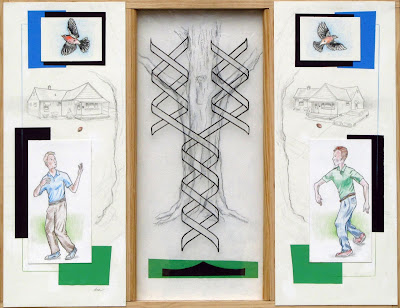How does one judge Art? Measuring artwork is notoriously difficult because the standard for art is unlike any other field of endeavor. In sports one may time the speed or distance as well as the final score. In the sciences an experiment is either repeatable or not. And yet, there are items in the Arts that one may calculate. Can one follow a rule for a ballet move? Yes. Is there a particular tone for music? Of course. May I distinguish among hue, chroma, and value in color? Naturally.
None of these formal qualities, however, comprise the essence of what is thought of as “Art.” And the preference for a unique move, sound, or visual effect becomes subjective to the judge although one may describe these qualities in an objective manner. Detailing a dance move, acoustical character, or shimmer of color is certainly important when noting what is attractive in an artistic work and that’s all very well. What does this mean for a preference as to what is Art or, more distinctively, what is “good Art”?
Preference for Art becomes subjective, to be sure, though one finds that most critics may reach a consensus when comparing and contrasting, say, a painting by Frans Hals with the work of Thomas de Keyser. No offense to de Keyser, but when reviewing and sifting through 17th century Dutch paintings I would say that the consensus is correct. It is alike listening to the music of Antonio Salieri, whose overtures are playing in the background as I write this. I can play simple tunes on the piano and otherwise know little about music, but I would say Salieri was a very good composer. And yet, music critics note that his students Beethoven, Schubert, and Liszt surpassed him.
If I find that I agree with expert critics or with a majority, then while I still may think that Hals was more artistic than de Keyser I need to demonstrate why formally. That might assist one to understand why I think that way, but why is one formal application better than another? Apparently, it is because I like it.
Even if I can come up with a set of guidelines as to what is good Art then I will have to account for the long view as to how this compares and contrasts with the history of Art. I am hopelessly locked into my life, however, and although I can see backward into the past I cannot look forward to the future. Despite that restriction, I know that what is thought artful today may not be so tomorrow. Art may suffer less of a depreciation than does fashion but it does change if only just a little.
If I have a preference when judging then let it be for the long view of Art and not the short term fashion, for the innovative and not for the novelty, let it be for philosophy or pleasure and not for propaganda or profit.





